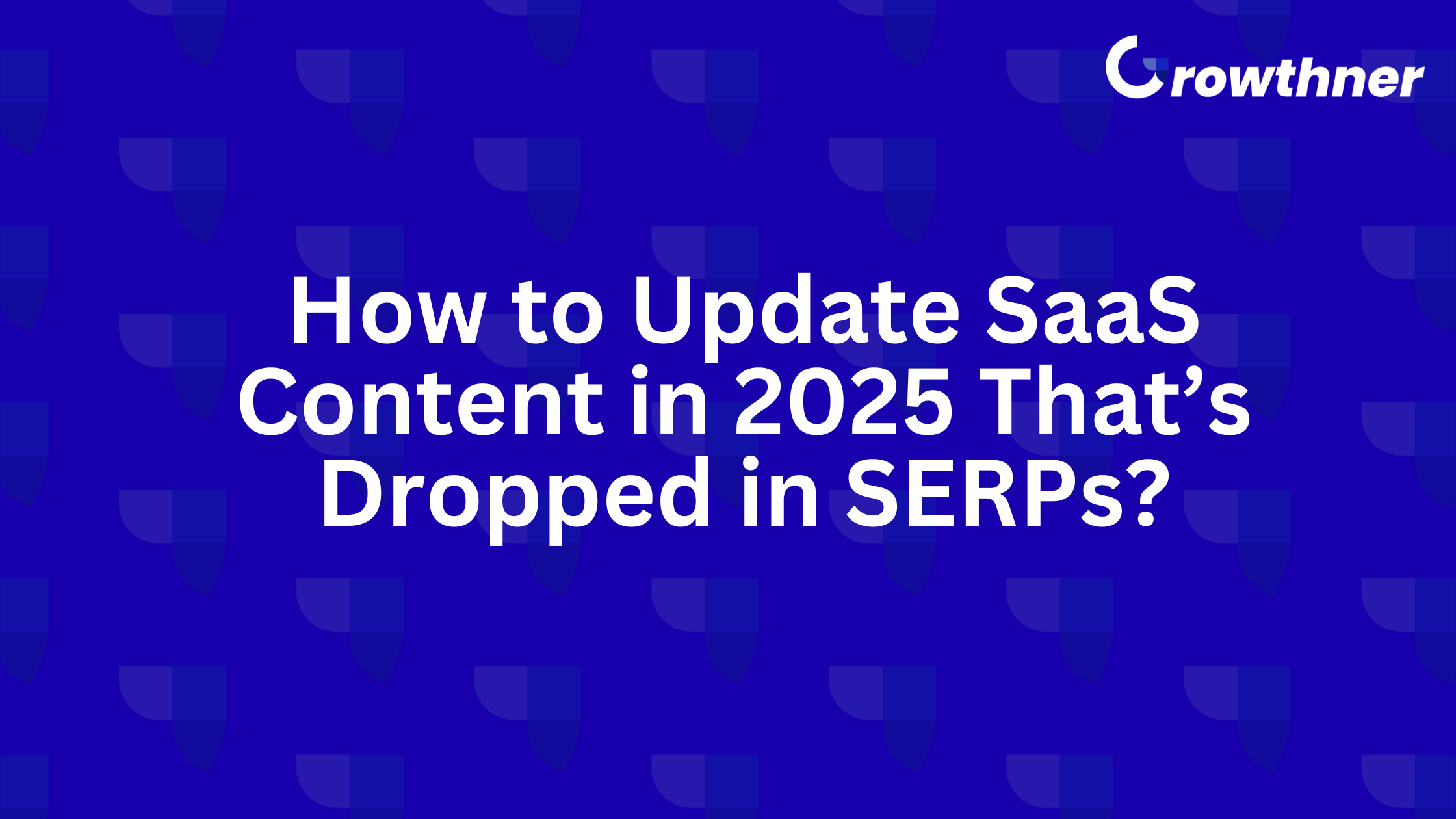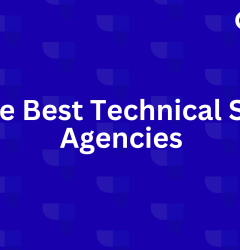Published by: Amit Kakkar
Published on: September 17, 2025
Last updated on: December 18, 2025
Last Updated on December 18, 2025 by admin

It's Different contact centers can turn into profit centers with the right sales enablement approach. It covers the difference between strategies and tools, why sales-focused teams still need structured enablement, ten proven strategies for 2026, and best practices to ensure sustainable success:
- What Sales Enablement Means: Equipping agents with the tools, training, and processes to consistently engage buyers and drive growth.
- Strategies vs. Tools: Strategies guide long-term sales outcomes, while tools are the software and systems used to execute them.
- Why Enablement Matters: Even sales-active centers risk inconsistent performance, poor messaging, and high attrition without structured frameworks.
- 10 Proven Strategies: From integrating your sales tech ecosystem, leveraging AI, and optimizing onboarding to creating omnichannel experiences, smart prospecting, cross-department alignment, personalized engagement, persona-based selling, performance analytics, and continuous feedback loops.
- Best Practices: Keep the customer at the center, design sales to fit naturally into service, prioritize agent experience, set channel-specific targets, rely on data, and celebrate enablement wins.
With these insights, contact centers can standardize processes, empower agents, and scale revenue without sacrificing service quality.
If you run a SaaS company long enough, you’ll notice a frustrating pattern: content that once ranked well suddenly slips in the search results. A guide that used to bring in hundreds of demo signups each month now struggles to get impressions. This isn’t just bad luck it’s what happens when SaaS content isn’t regularly maintained.
Learning how to update SaaS content is one of the most overlooked but powerful levers for driving long-term organic growth. The reality is that SaaS moves fast, features evolve, pricing shifts, competitors publish fresher resources, and Google’s algorithm favors content that stays current. If you don’t refresh your pages, they decay.
In this article, we’ll walk through a step-by-step playbook to diagnose, refresh, and relaunch SaaS content that’s dropped in SERPs so that you can regain rankings, traffic, and conversions.
Why SaaS Content Declines in Rankings?
Even great content decays. The reasons usually fall into a few buckets :
1. Algorithm Updates & Freshness Bias
Google rewards recency. If your competitor publishes a “Best Project Management Tools 2026” blog, and yours still says “2022,” Google is more likely to rank theirs. The SaaS space in particular is hypersensitive to freshness—users want to know what’s relevant right now.
2. Competitive Landscape Shifts
New players enter your niche and produce higher-quality content. Maybe they added more comparison tables, integrated user reviews, or created video demos alongside the article. If their content better satisfies intent, yours falls behind.
3. Content Decay in SaaS
Unlike evergreen topics, SaaS-related articles age quickly. Screenshots of your UI get outdated. Pricing models change. Features evolve. If your “how-to” guide no longer matches your actual product experience, visitors bounce.
4. Weak Engagement Signals
Google measures whether users stay on your page, click deeper, or bounce back. If your SaaS blog has a thin introduction, lacks visuals, or doesn’t answer intent clearly, rankings drop even if the keyword optimization is fine.
Bottom line : Decline isn’t random. It’s usually a sign that your competitors are serving the user better than you are today.
If you are looking to rank your SaaS landing pages, here is the guide to help you out.
6 Ways To Update Your Outdated SaaS Content
Step 1 : Identify Which SaaS Content Needs Updating
You can’t update everything at once. Focus on the pages that matter most.
1. Use Google Search Console & Analytics
- Look for pages with steady declines in clicks and impressions over the last 3–6 months.
- Check CTR for target keywords if your snippet no longer stands out, traffic drops.
Semrush, Ahrefs, or SimilarWeb show where your keyword clusters are losing visibility. Pay attention to your money pages feature breakdowns, integration guides, vs pages, and use case blogs.
3. Prioritize Revenue-Impact Pages
Not every article deserves an update. Start with high-intent content like :
- “Best [Tool] alternatives”
- “[Your SaaS] vs [Competitor]” pages
- Industry-specific use cases (e.g., “CRM for SaaS startups”)
4. Look at User Intent Mismatch
Sometimes rankings drop because the searcher’s expectations shift. If users searching “SaaS onboarding guide” now expect video tutorials and you only have text, you’re misaligned.
Step 2 : Diagnose Why the Page Dropped
Updating without diagnosis is like fixing a car without checking the engine. You need to understand what’s broken.
1. SERP Analysis
Search your target keyword. Compare your article to the top 5 results :
- Do they have fresher stats or updated screenshots?
- Is their structure more comprehensive (FAQs, comparisons, buyer guides)?
- Are they targeting intent better (product-led vs educational)?
2. On-Page Technical Checks
- Is your meta title still compelling?
- Are H2/H3s keyword-rich but natural?
- Does your page load quickly and work seamlessly on mobile?
3. Engagement Signals
Check bounce rates, scroll depth, and time on page. If readers leave quickly, it signals your content didn’t deliver.
4. Backlink Profile
If competitors have acquired fresh backlinks to their updated guides, you’re competing uphill. Updating content gives you a chance to re-earn links.
Step 3 : Refresh the Content (Beyond Adding a Few Words)
This is where most SaaS teams go wrong. Updating doesn’t mean sprinkling in a new statistic. It means making your content objectively better.
1. Update Product Details, Screenshots, and UI Changes
Your SaaS evolves constantly. If a reader sees outdated dashboards or features, trust is lost instantly. Replace screenshots, walkthroughs, and feature mentions with the latest version.
2. Add Fresh Data and SaaS Benchmarks
Readers expect accuracy. Use 2026 stats, industry reports, or your own proprietary benchmarks. Example: “Based on 500 SaaS onboarding flows we analyzed, 78% failed to include personalized emails.”
3. Expand Topical Coverage
Use semantic SEO :
- Add FAQs based on “People Also Ask” queries.
- Mention integrations, competitors, or alternative workflows.
- Cover related concepts like “customer onboarding metrics” or “churn reduction.”
4. Optimize Headings and Structure
Map keywords to H2s and H3s. Example :
- H2 : “SaaS Onboarding Best Practices”
- H3 : “Personalized Walkthroughs”
- H3 : “Triggered Email Sequences”
5. Add Visuals and Interactive Elements
Charts, product demos, or Loom walkthroughs can double engagement. SaaS buyers want to see how things work, not just read about them.
6. Improve EEAT (Experience, Expertise, Authority, Trust)
- Add an author bio with SaaS expertise.
- Link to credible sources.
- Mention case studies or customer examples.
Step 4 : Optimize for SERP Features & AI Overviews
Ranking in the top 10 isn’t enough anymore you also need visibility in snippets and AI-driven search results.
1. Featured Snippets
Reformat sections into :
- Bulleted lists
- Definition-style intros
- Comparison tables
Example : Instead of burying “SaaS onboarding metrics” in a paragraph, create a quick-access table.
2. FAQs with Schema
Answer 3–5 FAQs clearly and mark them with FAQ schema. These often appear in “People Also Ask.”
3. AI Answer Engines
ChatGPT, Perplexity, and Gemini increasingly cite structured, authoritative content. Clear headings, FAQ schema, and brand mentions improve your chances of being pulled into AI summaries.
4. Internal Linking
When you update a page, strengthen its internal links. Link it from newer high-traffic posts, and make sure it links out to relevant feature pages. This boosts authority and discovery.
Step 5 : Re-Launch and Promote the Updated Content
Updating is only half the battle. Promotion ensures your changes are noticed by both Google and your audience.
1. Refresh the Publish Date
If you’ve made substantial updates, change the publish date. This signals freshness to search engines.
2. Submit for Reindexing
Use Google Search Console’s URL Inspection tool to request reindexing. Don’t just wait for crawlers to return.
3. Distribute Across Channels
Promote the updated content via :
- LinkedIn posts targeted at SaaS founders.
- Newsletters.
- SaaS communities (Indie Hackers, GrowthHackers, Reddit).
4. Build Fresh Backlinks
Pitch the updated guide to industry bloggers, partners, or directories. Example: “We just refreshed our SaaS onboarding benchmarks for 2026 would you like to include them in your comparison?”
Step 6 : Measure the Impact of Updates
Updating without measuring ROI is wasted effort.
1. Track Rankings & Clicks
Check Search Console after 2–4 weeks. Look for movement in impressions, CTR, and ranking positions.
2. Monitor Engagement
Improved time on page, scroll depth, and conversion rate are signs your update resonated.
3. Build a Content Decay Dashboard
Set up automated reports to flag pages that lose impressions or clicks. Schedule reviews every 6–12 months for SaaS blogs and every 3–6 months for high-intent pages.
Common Mistakes to Avoid
Refreshing SaaS content isn’t just about adding new keywords or changing a few sentences. Many companies make mistakes that limit the impact of their updates or worse, cause further ranking drops. Here are the pitfalls to watch out for :
- Only changing the date. Google recognizes shallow updates.
- Keyword stuffing. Adding “SaaS content update” 10 times won’t work.
- Ignoring SERP formats. If competitors rank with video snippets, text-only won’t cut it.
- Not updating CTAs. Old pricing or outdated offers break trust.
A Repeatable Playbook for SaaS Teams
Here’s the condensed framework :
1. Audit quarterly to identify decaying content.
2. Prioritize revenue-impact assets (product, comparison, vs pages).
3. Diagnose drops via SERP, technical, and engagement analysis.
4. Refresh meaningfully with data, screenshots, and expanded topical depth.
5. Optimize for snippets and AI engines.
6. Promote updated content and reindex.
7. Measure performance and create a decay dashboard.
When you treat content updates like product iterations constant testing, improving, and shipping—you maintain compound growth instead of letting your rankings erode.
Need more tips? Read this guide on best practices to optimize your SaaS landing page.
Conclusion
In SaaS, your product evolves quickly and so should your content. What worked in 2023 won’t necessarily work in 2026. By systematically updating SaaS content that’s dropped in SERPs, you protect not only your rankings but also your pipeline.
Think of this less as a one-time project and more as a recurring playbook. Companies that build content update systems into their marketing ops consistently outperform those that don’t.
If updating at scale feels overwhelming, Growthner helps SaaS companies build repeatable update workflows that drive rankings, traffic, and revenue. Let’s talk.
FAQs
1. How often should SaaS companies update content?
SaaS companies should review high-value pages (like product features, comparison posts, and pricing-related content) every 3–6 months, while blog content can typically be updated every 6–12 months. The frequency depends on how fast your niche evolves—rapidly changing industries like AI or cybersecurity may require even more frequent updates.
2. What’s the difference between updating SaaS content and creating new content?
Updating SaaS content involves improving existing articles to reflect fresh data, updated product details, and current user intent. Creating new content targets new keywords, topics, or features that haven’t been covered yet. A strong SaaS SEO strategy balances both.
3. How do I know if updating SaaS content worked?
Measure results in Google Search Console and analytics platforms :
- Ranking improvements for target keywords
- Increased impressions and CTR
- Better engagement (time on page, scroll depth)
- Conversions (demo requests, trial signups) tied to the updated content
4. Should SaaS companies update low-performing content too?
Not always. Focus on updating content that has business value or ranking potential. If a blog has zero impressions and no links, it may be better to redirect it to a stronger page or completely rewrite it instead of making minor updates.
5. Can updating SaaS content help with AI search results (ChatGPT, Perplexity, Gemini)?
Yes. Structured, authoritative, and fresh content is more likely to be cited in AI overviews. Including FAQs, schema markup, and clear topical coverage increases your chances of being pulled into AI-generated answers.
About the Author
Amit Kakkar
Amit is a SaaS SEO expert and founder of Growthner, helping SaaS companies grow through data-driven strategies. With a hands-on approach, Amit works closely with businesses to boost their online presence and drive results. If you have any questions you can ask him on X or Linkedin








Amit Kakkar